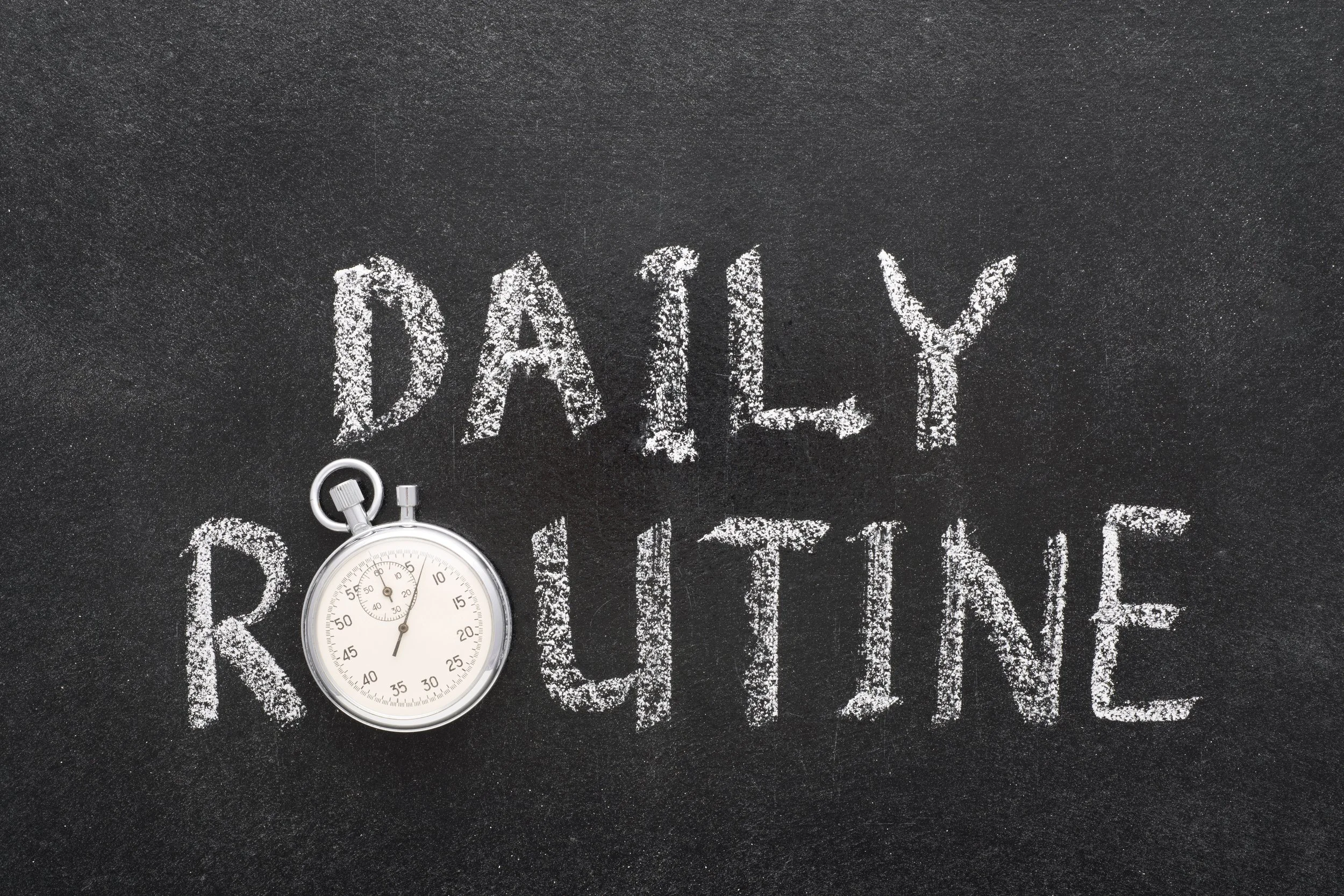Someone asked me once whether my diseases affected my daily life, implying that the diseases were add-ons to a life that looked like theirs. In a split second, my daily life flashed through my mind.
Uh, no.
I don’t actually remember what it felt like to wake up feeling healthy or at least what I assume healthy people feel like when they wake up.
Here are the things in my normal (as in no particular flare-ups or episodes) day that may not seem normal for others.
Pre-wake up: if I didn’t satisfy the chronic kidney disease thirst monster with 75 oz of water the day before, my night will be plagued with back cramps. If I waited to drink two-thirds of it until 7 or 8 p.m., which happens more than you would think, it will be interrupted for a different reason.
When I wake up, I assess how tired and nauseous I feel. Will I be able to brush my teeth without triggering a gag reflex made sensitive by gastroparesis? It does fade eventually if not overly provoked. As I move around my apartment getting ready for the day, I have to dodge the tendency of my insulin pump to jump off the waist of whatever I am wearing. The last time it got me, it landed on my foot and sprained a toe for three weeks and once it hit the floor and the cartridge fell out.
When I exercise, I try to do it in the morning. That way I don’t spend the day talking myself out of it. But my blood sugar has to be in a fairly narrow range – too high and the exercise will drive it higher, too low and I will tank. Based on the blood sugar of the moment, I calculate whether I need to eat first and how much. Because I need to calculate how much insulin I need, everything I consume requires either the nutrition information from the packaging, knowledge of exactly how much I am consuming and its macronutrients, or instinctive estimation skills which I have developed over 30 years but can still be terribly wrong.
If I am doing the healthiest thing for me, I enter it all into a log, which I hate “with the fire of a thousand suns” to borrow a line from a movie.*
After exercising, I may have to ice my heel to deal with pain from plantar fasciitis. Freezing those 12 oz Gatorade bottles and rolling them along the arch and heel usually works well. A hot shower, plantar pain or not, is always welcome, but I have to be mindful of the adhesive that attaches my devices to my body. If my showers are too long too many days in a row, they won’t last as long as they should and I run low on supplies before the prescription can be renewed. And the pump has to be set somewhere as far away from the shower spray as possible. It’s rechargeable like a phone, and if the insides get wet, it’s like dropping your phone in a bathtub, or so I’ve been warned, except this device delivers life-saving essential medication that I can’t go more than an hour or two without. I don’t even want to go into what happens when a pump breaks and I go back to manuals, even for 24 hours.
The rest of the day is pretty normal – writing, Zoom calls, client work, meals (I still calculate carbs for each one), mostly just like everyone else. I do have to pay attention to the various beeps, vibrations, and alarms coming out of the devices and sometimes I take my blood pressure, just to make sure I am in range.
Bedtime requires catching up with water intake and taking meds, ten pills every night, some prescriptions and some over the counter. I always run out of the ones in my little carrier, so I do each bottle especially the blood pressure one. But bad things happen if I forget, especially the blood pressure and/or the asthma ones. Skip those and breathing gets a little difficult.
This is the bare minimum of what I do every day in addition to all the normal adulting activities to be a functioning adult. I don’t think about doing these things. They have become part of my background. Every chronic patient has their own version.
They don’t affect my daily life.
They are my daily life.

